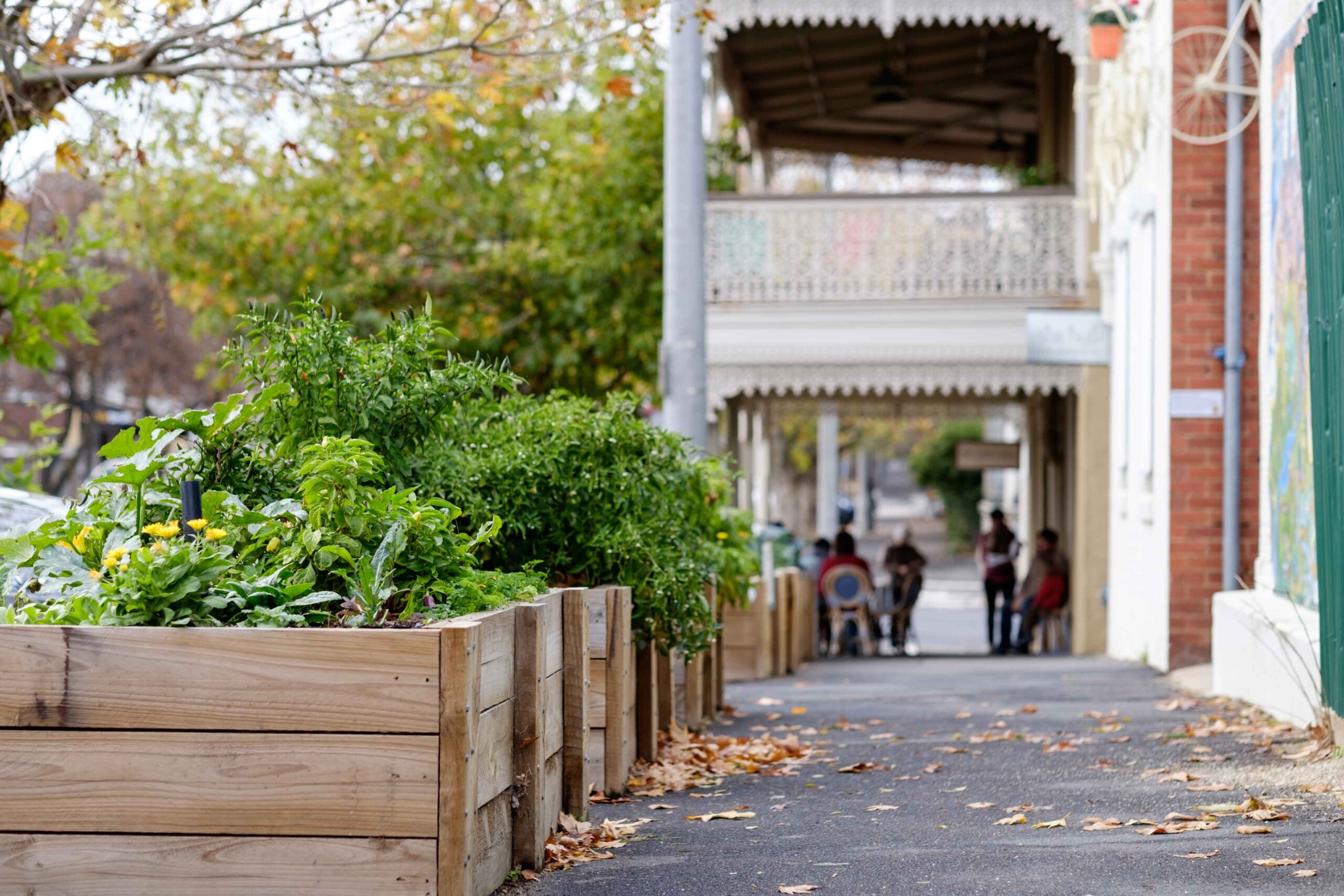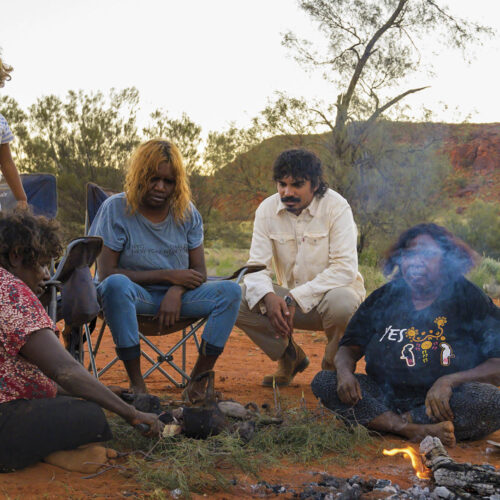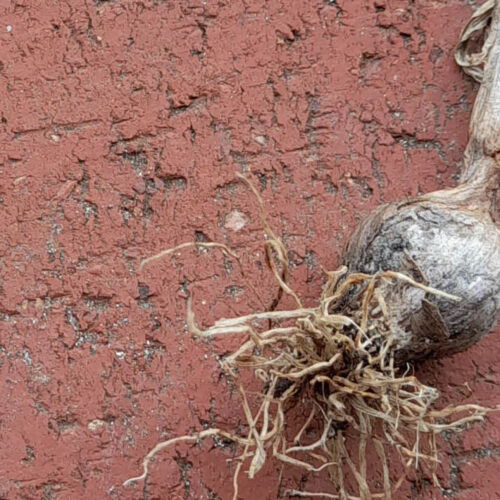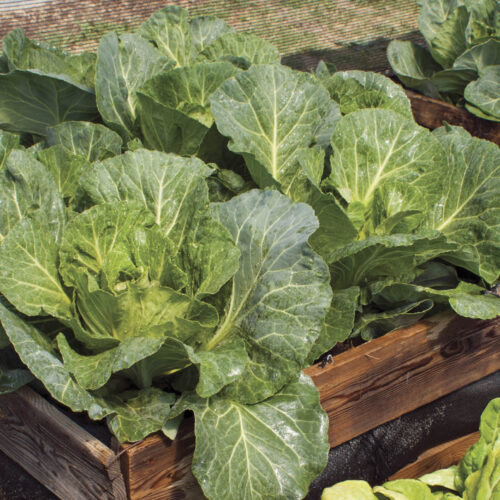How to set up your own street garden
2019-05-29T04:36:29+10:00
Tim Marshall looks at the dos and don'ts of setting up a suburban street garden.
Gardening on road verges has become very popular in recent years as a way to bring food production to the cities, use wasted space and build stronger neighbourhoods. However, there are some important considerations before starting out, among them hidden utilities and contaminated soils.
Many local governments now allow and even encourage verge gardens – with some restrictions for public access, amenity and safety – and provide residents with guidelines. The City of Sydney Footpath Gardening Policy, available from cityofsydney.nsw.gov.au, is an excellent example, outlining minimum clearance requirements, how to avoid trip hazards and other aspects of construction.
Before establishing a garden, question what was the past use and treatment of the land. Soil underneath paths can be extremely compacted from years of foot traffic, and may have been built on rubble or bitumen. Have the council or previous residents repeatedly sprayed herbicide on the footpath? Has a major road contributed lead pollution or have car oil, brake fluid or other contaminants accumulated in your gutters and soaked into the soil?
Look at your own street to assess the risk and adjust your plans accordingly. Quiet or busy streets, steep slopes, proximity to gutter drains and parking may have different risks. For example, where there is parking and truck traffic, collect leaves from road gutters for compost quickly after they fall, to avoid contamination from traffic.
If you are digging beds rather than creating raised ones, take extra care to avoid street services including telecommunications networks. Check with Dial Before
You Dig (1100.com.au) in your state or territory. Your local council probably has a GIS (geographic information system) map and a hard-copy plan that you can access. Give it a call.
Off the ground
Some local governments have produced design guidelines for raised gardens and the horticulturists may have species suggestions for roadside plantings. The guidelines aim to minimise liability for councils, landowners and residents. They include things such as access to driveways and the space required for pedestrians (think prams and wheelchairs), to pass safely without injury, and raised bed designs that have no sharp corners. There should be room for passenger doors to be opened near roadside parking.
To overcome soil contamination or extreme compaction you can build tall raised gardens and use lots of compost and organic matter. A basic soil test for major contaminants can be obtained for under $100. Use a National Association of Testing Authorities-approved laboratory for a reliable result (nata.com.au). Raised beds also create more soil to isolate roots from hardpans and reduce the likelihood of trampling.
Vegie choices
If your street has a lot of traffic, especially diesel cars and trucks, avoid growing vegies with a large leaf area, such as spinach, chard and broccoli, or grow them only for continuous harvest of small leaves. Fruit crops that you can easily wash, and quick-growing root crops such as spring onions and small beetroot or turnips are a safer choice. Cherry tomatoes are not only quite hardy, but being quicker growing, are less likely to accumulate toxins than larger varieties.
In quieter streets, and especially if you have good soil and raised beds, most garden vegetables are safe to grow. However, mulch or closely plant all verge gardens to cover soil – this reduces contamination and soil loss in downpours.
Lastly, don’t despair if your soil is highly contaminated, you can still grow annual or perennial flowering plants.






